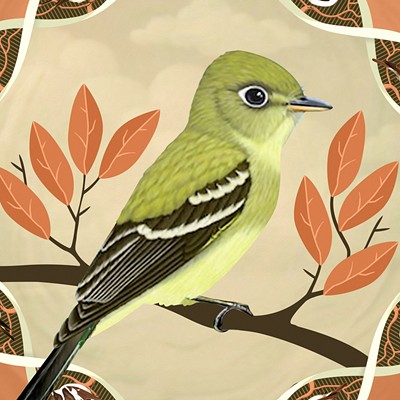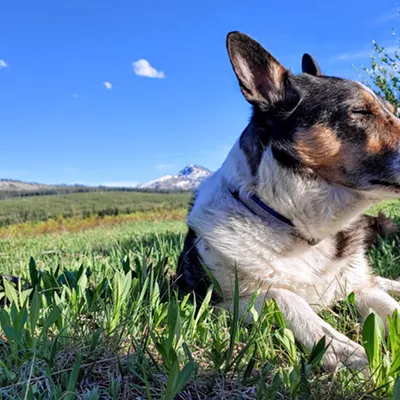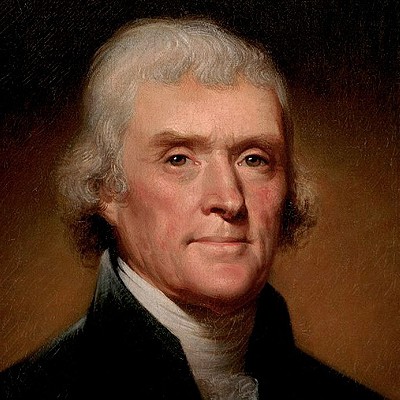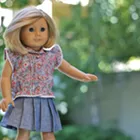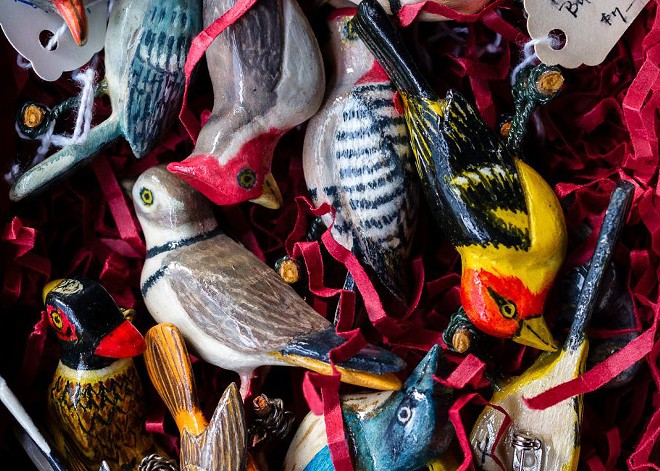
As a child, I'd creep down the basement stairs and watch him: hunched over a table, a single lamp lighting his work. First he'd carve a walnut-sized body out of wood. Then he'd take a tiny brush and paint the figure in bright reds and greens and blues, wrap embroidery thread around its spindly wire legs, and top the whole thing with a shiny lacquer. On the back, he'd add a clasp and sign his name in katakana.
The end result: a bird pin so delicate it could fit into the palm of my 8-year-old hand. My grandfather, whom I called jichan, made hundreds of these bird pins over the course of his retirement. I always thought they were unique to him. But in recent years, I've learned that he was part of something much larger.
It all began in February 1942, when President Franklin D. Roosevelt issued Executive Order 9066, which led to the expulsion and incarceration of roughly 122,000 Japanese Americans. Many were given just 48 hours to pack, forcing them to sell their houses, farms, businesses and possessions at rock-bottom prices — ultimately costing them more than an estimated $12 billion in lost property and income, in today's dollars.
Carrying suitcases full of clothes and little else, most "evacuees" were sent to 10 War Relocation Authority camps in remote parts of Wyoming, California, Utah, Arizona, Colorado, Idaho and Arkansas. Others were brought to lesser-known camps throughout the country, including in Alaska, Montana, New Mexico and Hawaii.
My jichan was sent from his home in California to Poston, in the Arizona desert, the second-largest camp by population. At its peak, Poston held nearly 18,000 men, women and children of Japanese descent, including more than a dozen members of my family.
Since the camp barracks and grounds were nearly empty when they arrived, the incarcerated people spent their early days making their surroundings habitable: building furniture, carving clothes hangers, planting gardens, opening schools. They also took jobs, initially for no pay. Each camp eventually had a hospital, newspaper, mess hall, dry goods store, and police and fire department, so many found ways to continue their careers as doctors, journalists, teachers or farmers. By the end of 1943, 85% of the vegetables eaten in the camps came from within them.
People sought out more leisurely distractions, too. "Stuck in that one-square-mile area, it was like, how do you entertain yourself, how do you keep your sanity?" said Delphine Hirasuna, the author of The Art of Gaman, a book about the arts and crafts of Japanese incarceration. In addition to forming sports leagues, they taught each other pursuits like flower arranging, doll making, sewing and quilting. "If somebody had a particular skill," Hirasuna said, "the other people who were stuck in camp would say, 'Could you teach me?'"
In Poston, Roy Takahashi, who'd been an art student prior to the war, offered a bird-carving class in September 1944. Within two weeks, the camp newspaper, the Poston Chronicle, declared that "bird carving seems to be one of the most popular pastimes now." Archival records suggest that Takahashi offered several more sessions to meet the demand.
One reason the bird pins were so popular, Hirasuna said, is they didn't require a lot of materials. Many of the people at camp had knives they'd fashioned out of scrap metal, and paint could be ordered fairly easily from a Sears catalog. For the birds' bodies, they salvaged scraps of wood from delivery crates; for the legs and feet, they used wire from window screens.
They created all manner of birds: My jichan's repertoire included cranes, wood ducks, road runners, pheasants, eagles — even a toucan. They reportedly used an Audubon field guide for inspiration, as well as copies of National Geographic, which was "deluged" with orders for back issues, according to Allen H. Eaton's 1952 book Beauty Behind Barbed Wire. And, though bird carving spread to many other camps, perhaps through letters and packages sent between them, Eaton wrote that Poston "outnumbered all others in the quantity and quality of carved and painted American birds."
Carol Takahashi (no relation to Roy Takahashi) said her grandparents took one of the bird-carving classes offered at Poston. For them, Takahashi said, the pins served as a form of currency: "I know my grandparents traded some of the early bird pins with other ladies for diapers and stuff like that."
Then, after the war, Takahashi's grandparents were unable to find work. "Nobody wanted to hire Japanese," she said. So they turned to the skill they had learned in camp, and made and sold bird pins for the next 40 years. Over time, they became the craft's most famous makers; their pins received write-ups in the media and permanent spots in several museums. "They made the best of what they could with the situation," Takahashi said, noting that the bird pins funded her grandparents' retirement and their four children's college educations.
Kristen Hayashi, the director of collections management and access at the Japanese American National Museum in Los Angeles, said the bird pins are "very iconic to the camp experience," and one of the most common donations the museum receives.
"Maybe we're imbuing a lot of meaning onto it, but it seems very poignant that a lot of these incarcerees were recreating birds," Hayashi said. "Just the symbolism of birds having the freedom to fly and kind of go wherever they want to — something they weren't able to do incarcerated behind barbed wire."
My jichan eventually moved back to California, where he worked at a newspaper printing press and as a grocery clerk, among other jobs. In retirement, he returned to making bird pins, which my aunts and I sold at markets on both coasts.
I know my jichan's pins are still out there, as they occasionally pop up on Etsy or eBay, complete with his signature. I'm sure that many more, from many other former incarcerees, are hidden in basements or attics or jewelry boxes. When people hold these pins in their hands, I hope they see what I do: not a story of suffering, but a story of resilience — of finding beauty, even in the rawest places. ♦
Susan Shain reports from Montana for High Country News through The New York Times' Headway Initiative. High Country News is an independent magazine dedicated to coverage of the Western U.S. Subscribe and sign up for the newsletter at hcn.org. Also follow HCN on Facebook and X.





